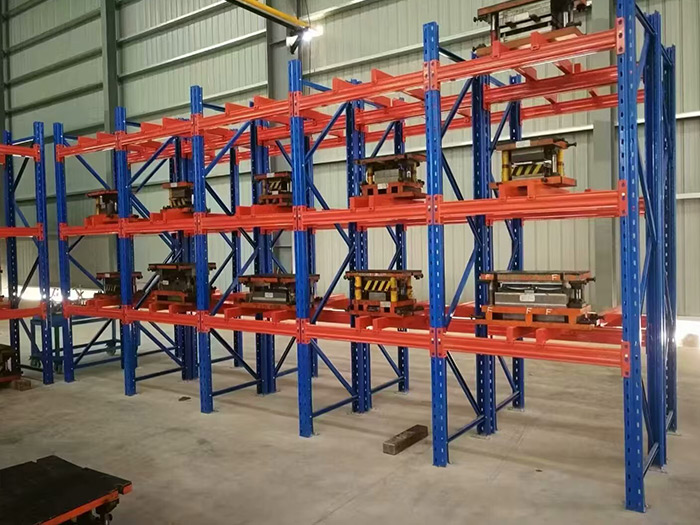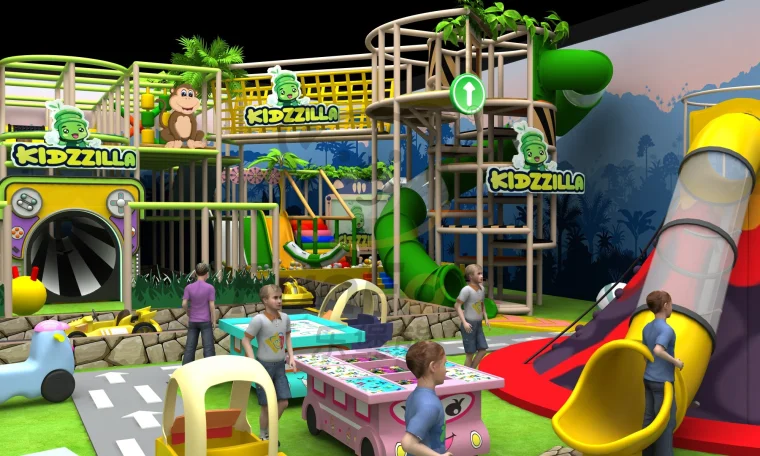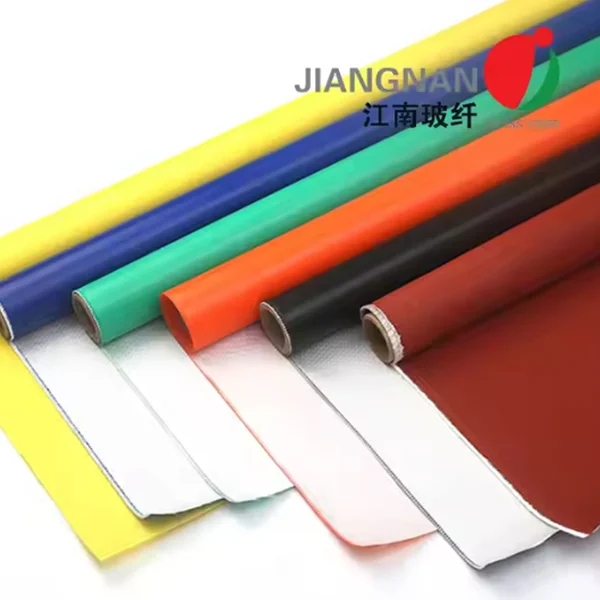Unveiling the Drawbacks: A Comprehensive Analysis of Metal Wall Panels
3 min readWhen it comes to modern construction and architectural design, metal wall panels have gained significant popularity due to their aesthetic appeal, durability, and versatility. However, like any building material, they come with their own set of disadvantages that can impact their effectiveness and suitability for specific projects. In this article, we will delve into the various drawbacks of metal wall panels, providing a nuanced understanding for architects, builders, and property owners.
- Thermal Conductivity and Insulation Issues
One of the primary disadvantages of metal wall panels is their high thermal conductivity. While they can be designed with insulation layers, the metal itself can transfer heat and cold rapidly, leading to potential energy inefficiencies. In climates with extreme temperatures, this can result in higher heating and cooling costs. Additionally, without proper insulation, metal panels can create uncomfortable indoor environments, as they may not adequately regulate temperature fluctuations.
- Corrosion and Maintenance Concerns
Despite advancements in coatings and treatments, metal wall panels are still susceptible to corrosion, especially in coastal areas or regions with high humidity. Over time, exposure to moisture can lead to rust and deterioration, compromising the structural integrity of the panels. Regular maintenance, including inspections and potential re-coating, is essential to prolong the lifespan of metal wall panels. This ongoing maintenance can add to the overall cost of ownership and may deter some property owners from choosing this material.
- Noise and Acoustics
Metal wall panels can amplify sound, which may pose challenges in environments where noise control is critical. The hard surfaces of metal can reflect sound waves, leading to increased noise levels within a building. This can be particularly problematic in commercial spaces, schools, or residential buildings where quiet is essential. To mitigate this issue, additional acoustic treatments may be required, further increasing the complexity and cost of the construction project.
- Installation Challenges
While metal wall panels are often praised for their ease of installation, this is not universally true. The installation process can be complex, requiring skilled labor to ensure proper alignment and fastening. Improper installation can lead to issues such as leaks, thermal bridging, and structural weaknesses. Additionally, the need for specialized tools and equipment can increase labor costs and project timelines, making it crucial for builders to weigh these factors against the benefits of using metal panels.
- Aesthetic Limitations
Although metal wall panels can provide a sleek, modern look, they may not suit every architectural style. Some property owners may find the industrial appearance of metal panels unappealing, particularly in residential settings or traditional neighborhoods. Furthermore, the color options for metal panels can be limited compared to other materials, which may restrict design flexibility. This aesthetic limitation can be a significant drawback for projects aiming for a specific visual impact.
- Environmental Impact
The production and disposal of metal wall panels can have environmental implications. The extraction of raw materials, such as steel or aluminum, contributes to resource depletion and energy consumption. Additionally, while metal is recyclable, not all metal panels are made from recycled materials, and improper disposal can lead to increased landfill waste. As sustainability becomes a more pressing concern in construction, the environmental footprint of metal wall panels may deter eco-conscious builders and property owners.
Conclusion
While metal wall panels offer numerous advantages, including durability and design flexibility, it is essential to consider their disadvantages before making a decision. From thermal conductivity and maintenance challenges to aesthetic limitations and environmental concerns, these factors can significantly influence the overall effectiveness of metal wall panels in a construction project. By understanding these drawbacks, architects, builders, and property owners can make informed choices that align with their specific needs and project goals. Ultimately, a balanced approach that weighs both the benefits and disadvantages will lead to more successful and sustainable building outcomes.



